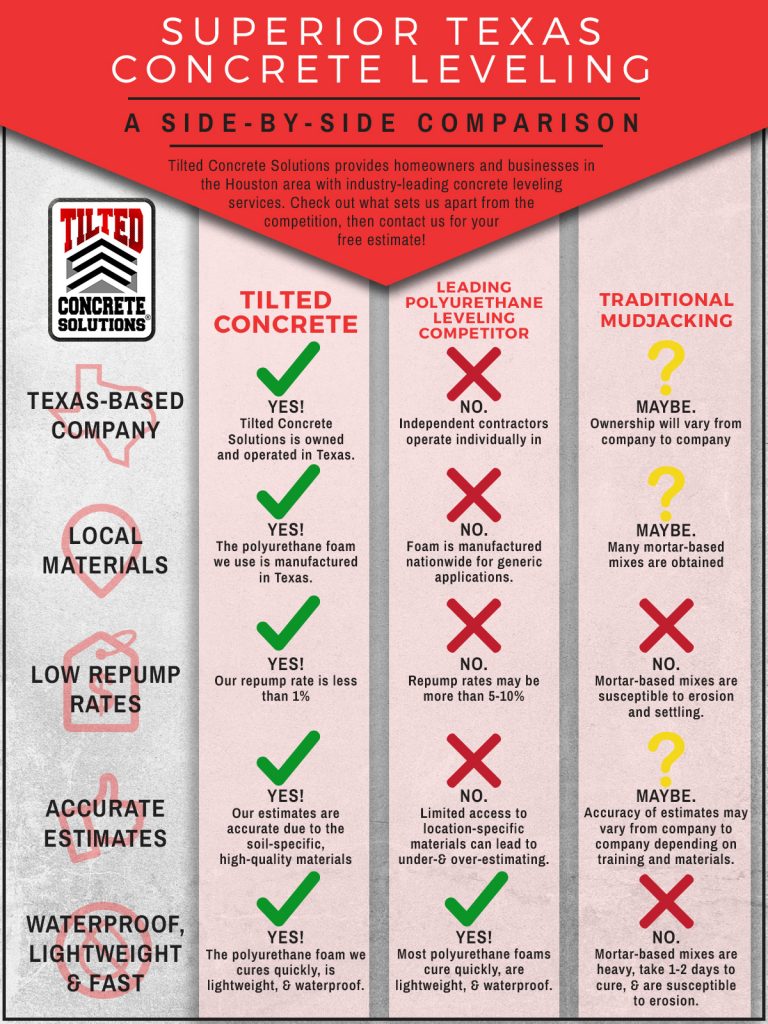Explore The Influence Of Seasonal Elements On The Effectiveness Of Industrial Outside Paint And Identify The Optimal Times To Accomplish Long-Lasting Outcomes For Your Job
Explore The Influence Of Seasonal Elements On The Effectiveness Of Industrial Outside Paint And Identify The Optimal Times To Accomplish Long-Lasting Outcomes For Your Job
Blog Article
Web Content Author-Leach Bagger
When you're preparing a business outside paint job, seasonal variables can make or break your outcomes. You'll intend to take into consideration just how temperature level and moisture influence paint application and drying out times. Picking visit the following web page can guarantee your paint adheres correctly and lasts longer. However which should ceiling be painted same color as walls are absolutely the most effective for this type of work? Allow's discover the crucial elements that can influence your task's success.
The Effect of Temperature on Paint Application
When you're planning a business external painting task, the temperature level can substantially impact how well the paint sticks and dries.
Ideally, you wish to paint when temperature levels range between 50 ° F and 85 ° F. If it's also cold, the paint might not cure correctly, causing concerns like peeling or splitting.
On the other hand, if it's as well hot, the paint can dry too quickly, preventing proper bond and resulting in an unequal coating.
You must also consider the time of day; morning or late afternoon offers cooler temperature levels, which can be extra positive.
Always check the producer's referrals for the details paint you're making use of, as they typically supply support on the perfect temperature level range for ideal outcomes.
Moisture and Its Effect on Drying Times
Temperature level isn't the only environmental factor that influences your commercial external painting project; humidity plays a significant function also. High moisture degrees can decrease drying times considerably, influencing the overall top quality of your paint task.
When the air is filled with moisture, the paint takes longer to cure, which can lead to issues like poor bond and a higher threat of mildew development. If you're repainting on a particularly damp day, be gotten ready for extensive wait times between layers.
It's vital to check neighborhood weather and plan accordingly. Ideally, go for moisture degrees in between 40% and 70% for ideal drying out.
Maintaining these factors in mind ensures your project stays on track and supplies an enduring finish.
Best Seasons for Commercial Outside Painting Projects
What's the best season for your commercial outside painting projects?
Springtime and very early autumn are generally your best choices. During these periods, temperatures are light, and moisture levels are typically reduced, developing ideal problems for paint application and drying.
Stay clear of summer's intense heat, which can create paint to dry also quickly, causing bad attachment and surface. In a similar way, winter months's chilly temperatures can impede appropriate drying out and curing, running the risk of the longevity of your paint work.
Go for painter services with temperature levels between 50 ° F and 85 ° F for ideal results. Bear in mind to examine the regional weather prediction for rainfall, as damp conditions can spoil your task.
Preparation around these elements guarantees your paint project runs smoothly and lasts longer.
Verdict
In conclusion, intending your industrial outside paint projects around seasonal factors to consider can make a substantial difference in the result. By scheduling work during the optimal temperature levels and humidity levels, you'll guarantee better attachment and drying out times. Bear in mind to watch on regional weather report and pick the correct time of year-- springtime and very early fall are your best options. Taking these actions will help you achieve a resilient and expert finish that lasts.
